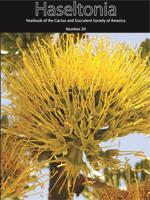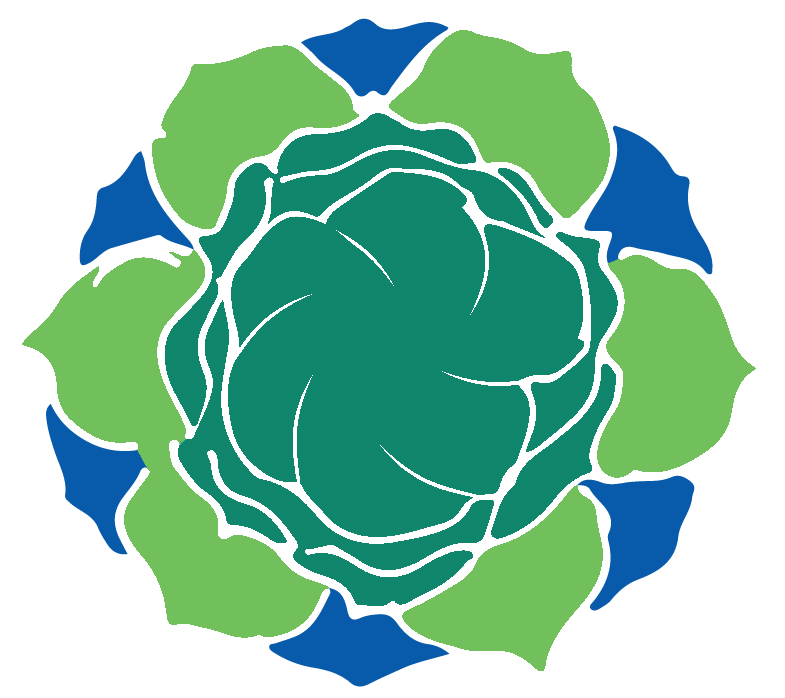Harvesting Technique
Ted Herrera posted a nice youtube video concerning Harvesting peyote.
Harvesting recommendations
Harvesting practices presented here are intended to encourage people who harvest peyote from the wild to act as stewards of this unique medicinal species and its habitat.
The reason to have these guidelines is not to promote the idea that harvesting peyote in the wild is sustainable – there are many things we don’t know to define how much harvesting IS sustainable in the long-term – but to minimize harm given the current situation. I hope these guidelines provide some protection for these beautiful cacti and help to sustain a vital Native American tradition for future generations.
- Cut the green part of the plant, leaving subterranean stem and root intact
Correct harvesting technique has been described by Terry and Mauseth (2006). Many harvested individual plants normally regrow after a mass harvesting event in a population, but some do not. Failure of some plants to regrow after harvesting is in some cases attributable to a loss of areoles in the subterranean stem, due to “deep cutting”. There really is no reason to harvest the whole plant because the average mescaline concentration in the stem is an order of magnitude lower than that in crown, and the mescaline concentration in root is two orders of magnitude lower than that in crown (Klein et al. 2015).
- Rotate the gathering sites and re-harvest every 8 years
Relationship between harvest frequency and plant resilience has been investigated in our longitudinal study. Although harvesting, if done correctly, does not kill peyote, removing the photosynthesizing part weakens it. Consequently, the re-growth is smaller and more susceptible to outside stressors, such as pathogens or extreme weather conditions. If harvesting is too frequent, it also depletes the reserves of the underground stem. The published data from the 6-year period of the longitudinal study demonstrates that 6 years is not enough for the plants to re-generate. 8- and 10-year results are currently being analysed.
- Harvest only mature plants, with 8 or more ribs
Number of ribs correlates with age and size of the plant and is a metric that is easy to apply in the field. Small seedlings are usually 5-ribbed, and very old large ‘grandfather’ plants have 13 ribs.
- Leave some larger plants for the future
Mescaline content increases with size but it is the largest plants that usually produce the most seed, so removing them from the populations can substantially decrease seed availability.
- Look after the plants
If young seedlings are disturbed while harvesting larger plants or if cacti are found uprooted by feral hogs, plant them back.
- Harvest during open season
Limiting harvesting to certain times of the year, e.g., after the seeds are produced might increase the resilience of populations. Currently in the USA peyote is harvested all year round. Seasonal variations in mescaline concentrations are unknown.
- Leave the seeds
If there are seeds on the harvested plants, take them out and be sure to leave the seeds at the harvesting site.
- Long-term solution to ‘peyote crisis’
An ideal solution to overharvesting peyote from the wild is cultivation. Although it is currently challenging in the USA, it is possible in in some states, and in other countries, and more research should be aimed at developing growth and propagation protocols.
These guidelines were developed by Anna Ermakova as part of her MSc research, and were previously published in Chacruna.
Researching harvesting technique
Is there a harvesting technique that can help ensure the survival of the peyote plant?
In another collaborative research effort, Dr. Terry and Dr. James Mauseth, a cactus expert at the University of Texas at Austin, started investigating the anatomy of the root and stem of the peyote cactus.
There is considerable controversy about proper technique for harvesting peyote. The critical question is how deeply one can cut below the surface of the ground when harvesting the crown (the green top) of the peyote plant, and still allow sufficient tissue for regeneration of new crowns.
If one assumes (as do most botanists) that new crowns (which are stem tissue) develop from stem tissue rather than root tissue, then the critical question is: “Where is the dividing line between root and stem in the peyote plant?”
This question has never been answered, but by making and examining a series of microscope slides showing the transition (and the change in morphology) between root and stem, Drs. Terry and Mauseth intended to find the answer to this question.
Once there is a reasonably clear idea of where on the underground portion of the plant the root ends and the stem begins, we can offer informed advice about how deeply the licensed peyoteros can cut and still allow the possibility of regrowth from a decapitated peyote plant.
That is a question of direct practical application for peyote conservation, and it would require no regulatory changes to implement.
To this end, Dr. Terry recently took Lophophora specimens of various ages to the University of Texas at Austin, where he worked on them with cactus morphologist Dr. Mauseth.
From those specimens, root and stem specimens were sectioned and the transition zone between root and stem was determined to be very thin – meaning that, in terms of cross-sectional morphology, the demarcation between root and stem is sharp and unambiguous.
The practical result, after further study of specimens of various sizes, was to derive a rule of thumb for field harvesters on how deeply a given Lophophora can be cut and still survive to regrow.
You can find the resulting publication below.
Peer-reviewed articles

Abstract
We evaluated the pharmacological consequences of tissues other than crown being included with harvested peyote. Mean mescaline concentrations were determined for crown, non-chlorophyllous stem, and root, using mature individuals from the same population in South Texas. Samples of each tissue—crown, non-chlorophyllous stem, and root—were taken from each of 13 individual plants. Samples were dried, triturated, defatted, and extracted with methylene chloride, using an acid-base aqueous wash to recover the alkaloids. The concentration of mescaline in each sample was determined by HPLC. The average mescaline concentration in non-chlorophyllous stem was an order of magnitude lower than that in crown, whereas the mescaline concentration in root was two orders of magnitude lower than that in crown. These results show that non-chlorophyllous stem is a poor source of mescaline, and root is an extremely poor source. These results have important implications for conservation, suggesting that non-traditional harvesting of peyote for religious or medicinal use involving the cutting of non-chlorophyllous tissue are contributing to the death of plants and the subsequent failure to regenerate new crowns. Therefore, this practice should be reevaluated by peyote harvesters and users.

Abstract
Over the last four decades, the size and density of populations of Lophophora williamsii (peyote) have diminished markedly in large areas of South Texas where licensed peyote distributors harvest the cactus for ceremonial use by the Native American Church. Part of the problem lies in the fact that some harvesters are cutting plants too low on the subterranean stem or taproot. That practice precludes the regeneration of new stems and ultimately results in the death of the decapitated plants. To address this problem, we describe the anatomical distinctions between subterranean stem and root in L. williamsii as follows: The stem cortex can be distinguished by the cortical bundles running through the parenchyma, in contrast to the root cortex, which consists of pure parenchyma without cortical bundles. The pith at the center of the stem is pure parenchyma (without xylem) and is readily distinguished from the dilatated metaxylem (with masses of dark-staining metaxylem tracheary elements) occupying the center of the root. With these new anatomical tools, it is now possible to set up titration experiments, first in the greenhouse and then in the field, to generate practical biometrie data to determine the maximum depth at which the peyote harvesters can cut the plants without significantly reducing the survival rate of the rootstocks left in the ground after harvest.
